Underground Railroad Historical Tour (New Brighton, PA)
Intro
I was really intrigued when I heard that New Brighton, PA, a town 30-40 miles north of Pittsburgh, was a stop on the Underground Railroad in the 19th century.
I have always been fascinated by the Underground Railroad--Obviously not an actual railroad, but instead a network of escape routes, conductors (escorts), and private houses that existed to help slaves escape northward during the slavery era in the United States--Not only because I like history, but also because of the mysteriousness and aura surrounding it. Yeah, you can read about the Underground Railroad online and in textbooks. I've been to a museum exhibit or two about it also. But, I often find myself yearning to learn more about the Underground Railroad and dissatisfied about the amount of information that I can find about it, which makes sense due to the fact that because this "railroad" had to exist in secrecy, I imagine that it was organized orally and there probably wasn't a ton of specific information written about it.
So, when I find out that the New Brighton Historical Society was offering a tour about the Underground Railroad sites and operation in the town, I definitely had to go. (It seems that they do these tours every other year, so if I went in September 2023, I suppose that the next one will be in the summer or fall of 2025.)
There is some information out there already about the Underground Railroad in New Brighton. Some of the articles and Web pages about it are probably more detailed than my blog post here will be. Here are some of those pages:
- New Brighton Historical Society tour page: https://www.nbhistory.org/underground-railroad-walking-tour
- Visit Beaver County: https://visitbeavercounty.com/undergroundrailroad/
- Beaver County History: https://www.bcpahistory.org/beavercounty...
Anyway, here is some of what I learned…
Quaker Roots
Before starting the tour, the first thing to know is that New Brighton was founded by Quakers, Protestant Christians who originated in England and migrated to North America, and were staunch abolitionists opposed to slavery. As a result, the New Brighton Quakers were very active in the Underground Railroad. Many of them made their homes and places of business lodging and hiding points for escaping slaves on their journey to freedom. The tour visits these places and uses them to tell New Brighton’s Underground Railroad story.
The Townsend Family
The second thing to know before starting the tour is the Townsend Family. They are like the “first family” of New Brighton. They were Quakers. Many of the sites on the tour were homes or buildings that belonged to members of the family, people who married into the family, or other New Brighton abolitionists who worked with the family.
Tour Route
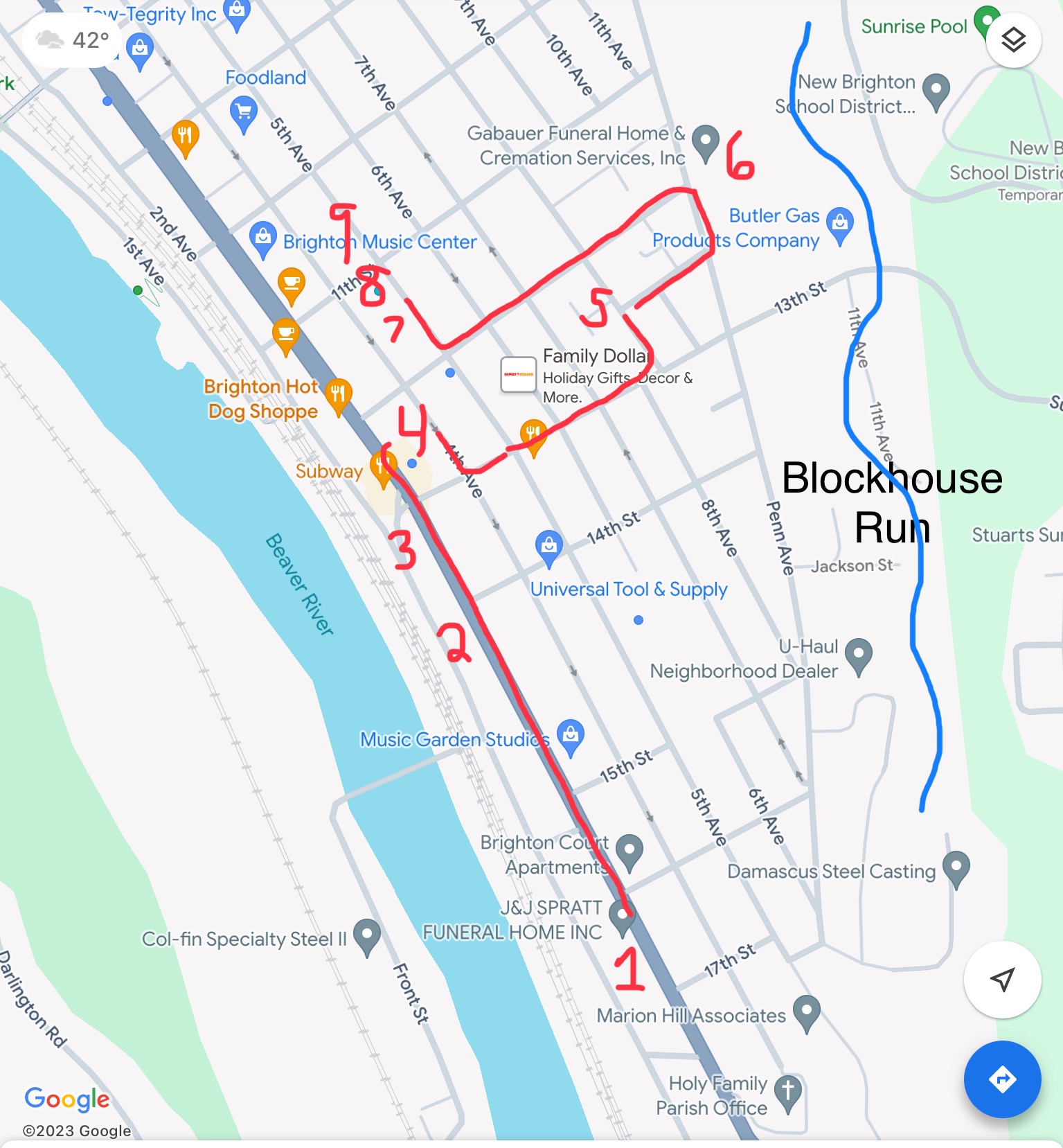
1) Robert Townsend House
The tour starts at the former Robert Townsend home, which is nowadays the J&J Spratt Funeral Home. Robert was the “father” of the New Brighton Townsend family. He built his home in 1835. Behind the home runs the Beaver River. Runaway slaves traveling north on or along the river could walk up a set of stone steps from the river to the home.
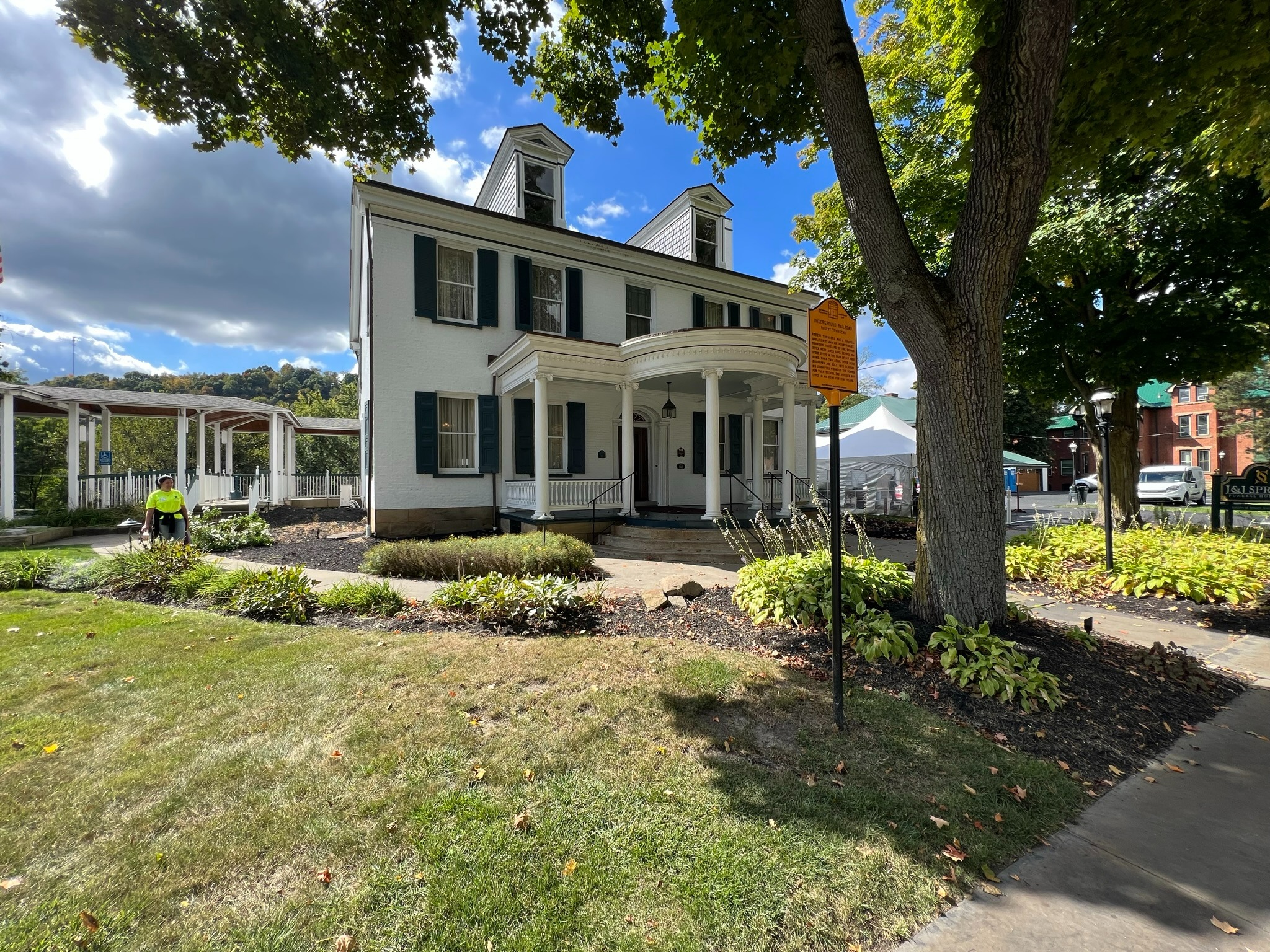
2) Childhood home of Edward Dempster Merrick
This house is the childhood home of Edward Dempster Merrick, who was not a Quaker, but was an industrialist, philanthropist, and art enthusiast, who had a number of connections to New Brighton’s Underground Railroad. Remember his name for a later site on the tour.
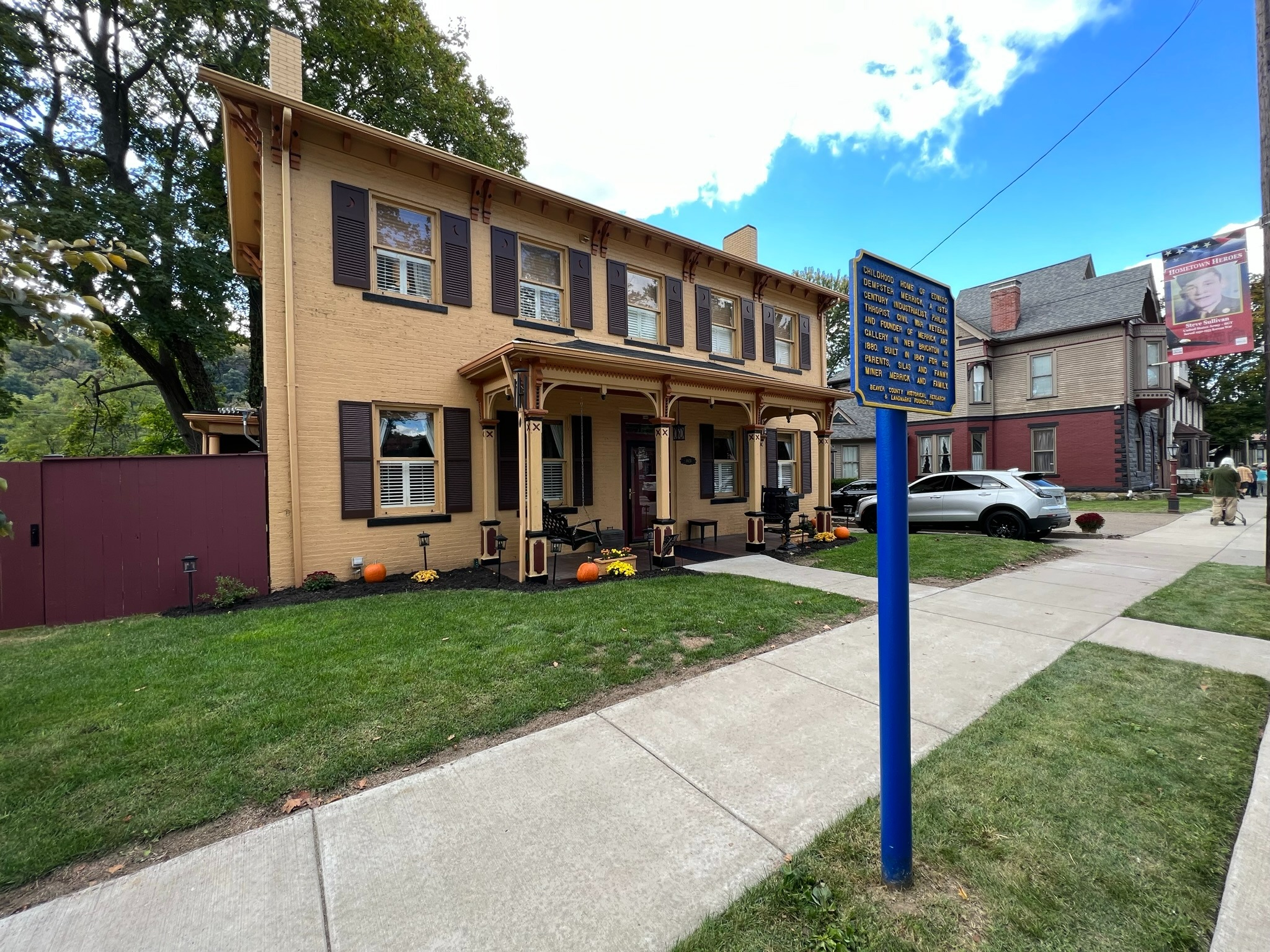
3) Dr. David Stanton House
David Stanton was an abolitionist and doctor who married one of Robert Townsend’s daughters. Stanton employed and treated many runaway slaves who passed through or stayed in New Brighton. Abraham Lincoln named David Stanton Surgeon of United States volunteers in 1863. During the Civil War, Stanton was appointed by the Pennsylvania governor as Surgeon in the First Pennsylvania Reserve Cavalry, where he rose to the rank of Colonel. This here was his house.
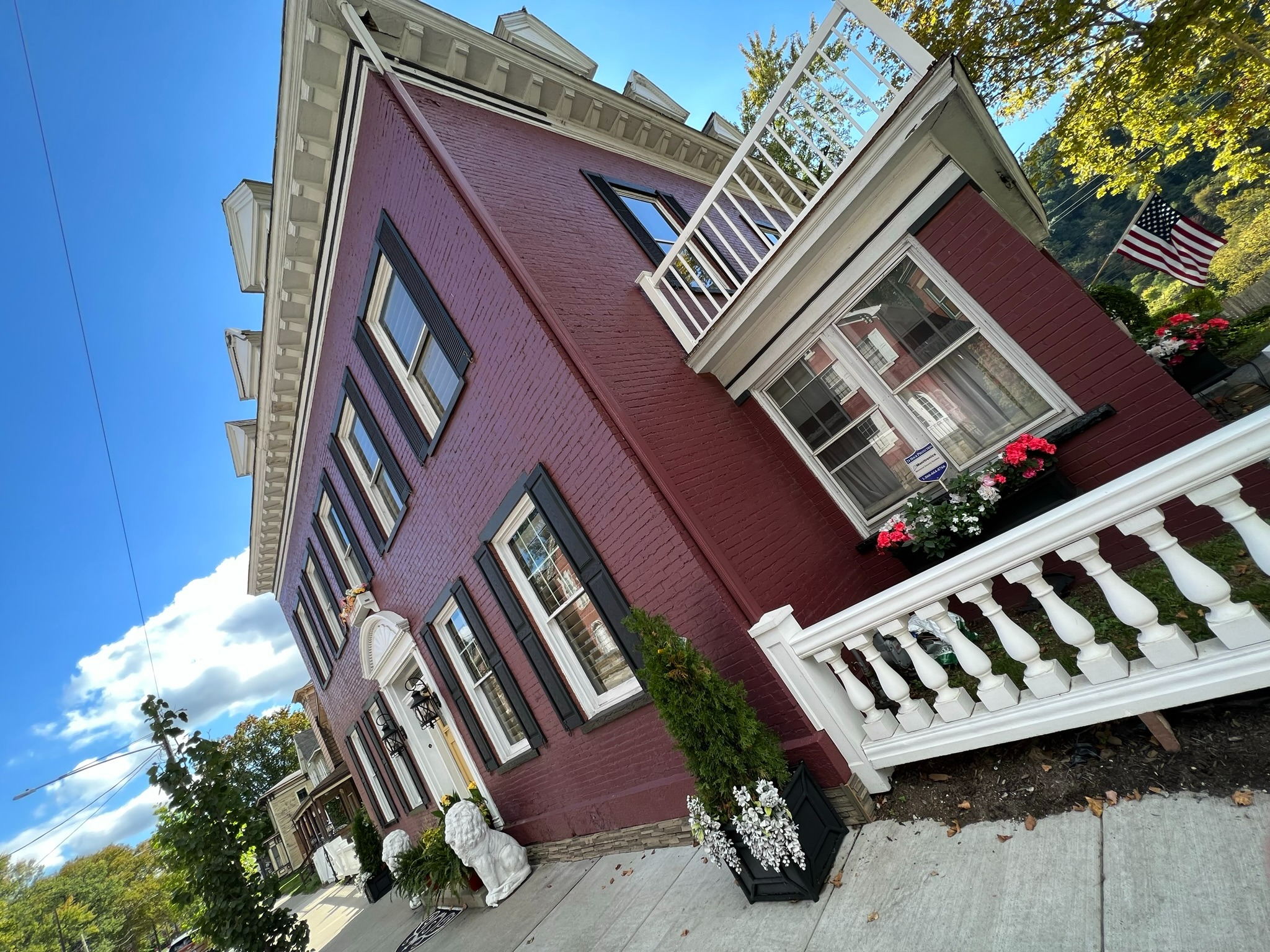
4) (Behind the) Sarah Jane Clarke Lippincott House
This picture here doesn't show the house well… I took it when were sitting on the lawn behind the house and next to New Brighton’s Anglican Church (to the right), where we came to listen to some historical reenactors tell us about Lippincott and her ties to the abolitionist movement. Lippincott was a writer, abolitionist, and women’s rights activist. She was one of the first women in the United States to work as a newspaper reporter.
Lippincott’s family moved to this house in New Brighton when she was 19. Her house became an important site to the abolitionist movement. William Lloyd Garrison, a famous journalist and abolitionist, and Frederick Douglass, the eventual leader of the African American Civil Rights movement both visited and gave speeches here.
Surely you can find a better picture of this house somewhere else on the Internet.
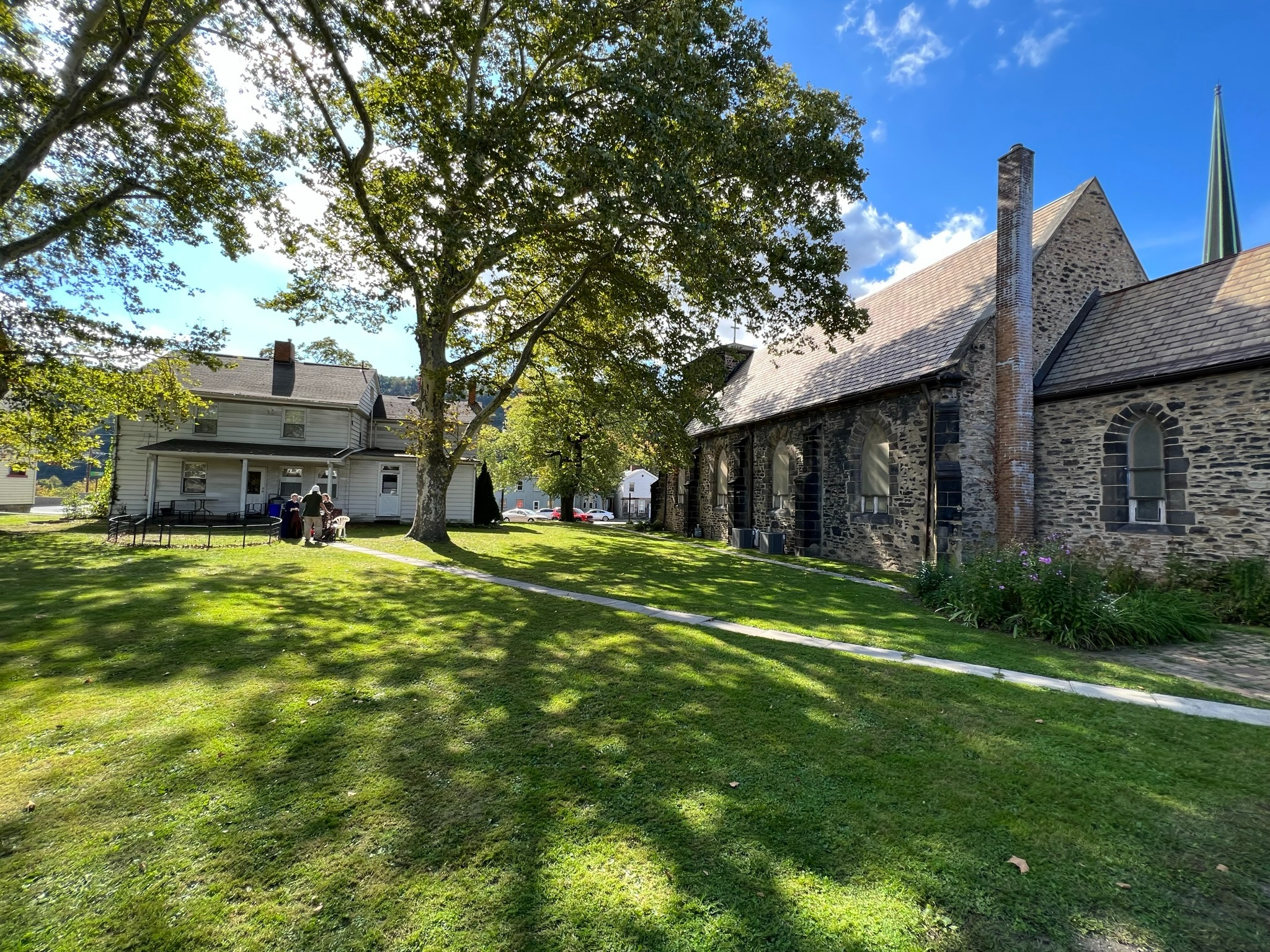
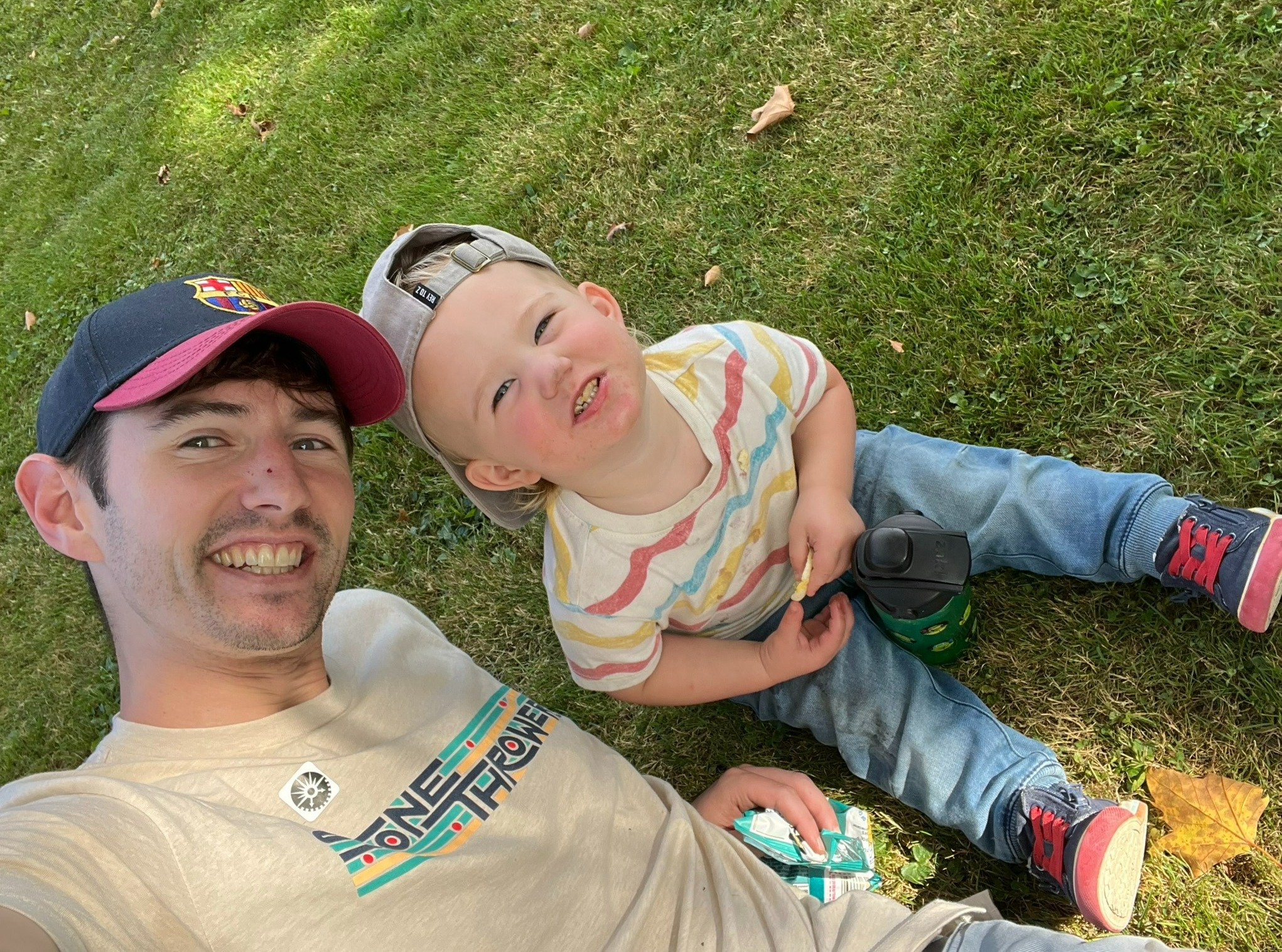
5) Irish-Townsend House
This home was originally built in 1855 and owned by Lydia Irish, a leader in the abolitionist movement, conductor on the Underground Railroad, and women’s rights advocate. In 1863, Robert Townsend purchased the house. He added an art gallery and additional rooms, making it how it looks today. The house is currently being renovated to become the home of the New Brighton Historical Society.
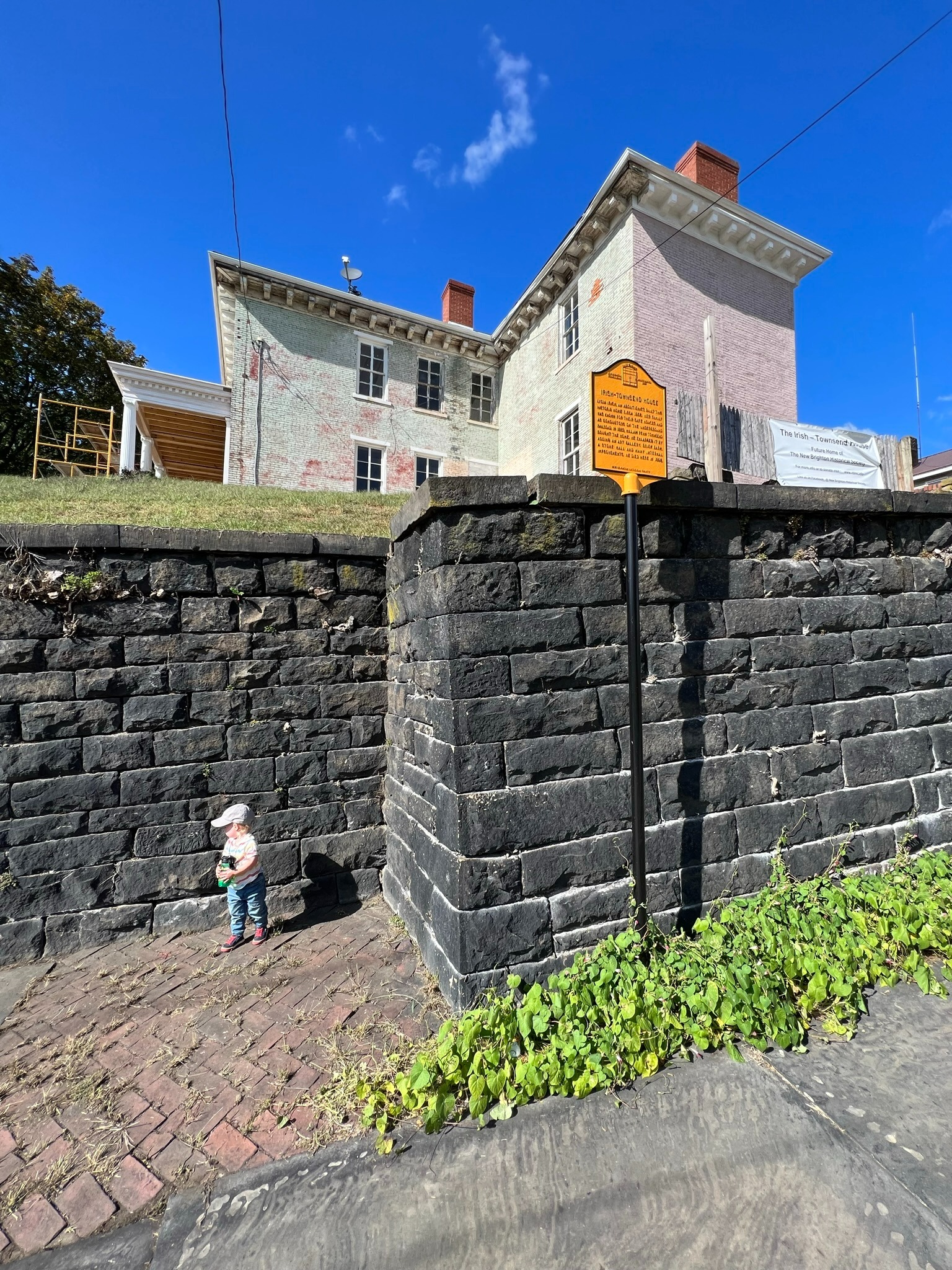
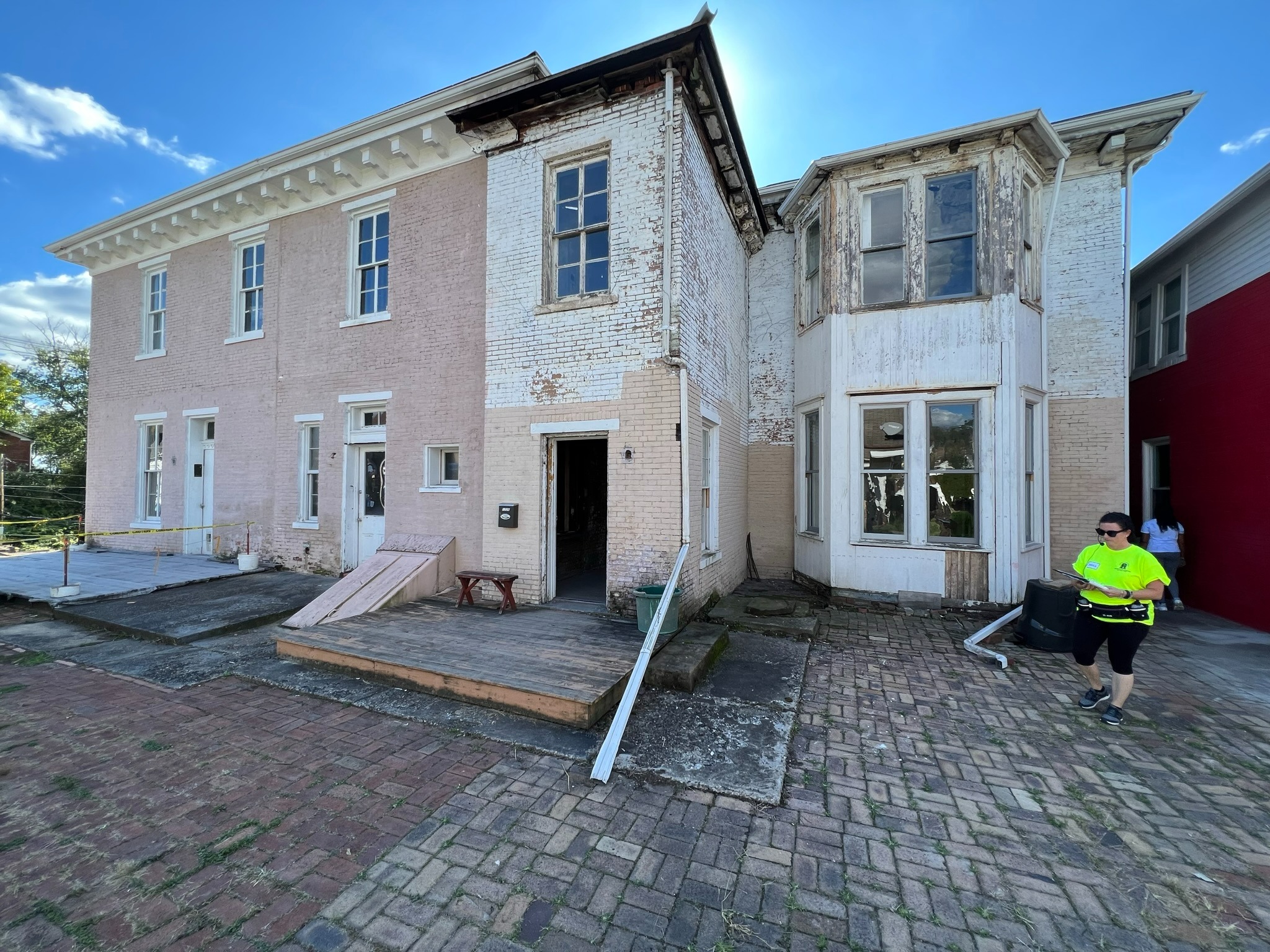
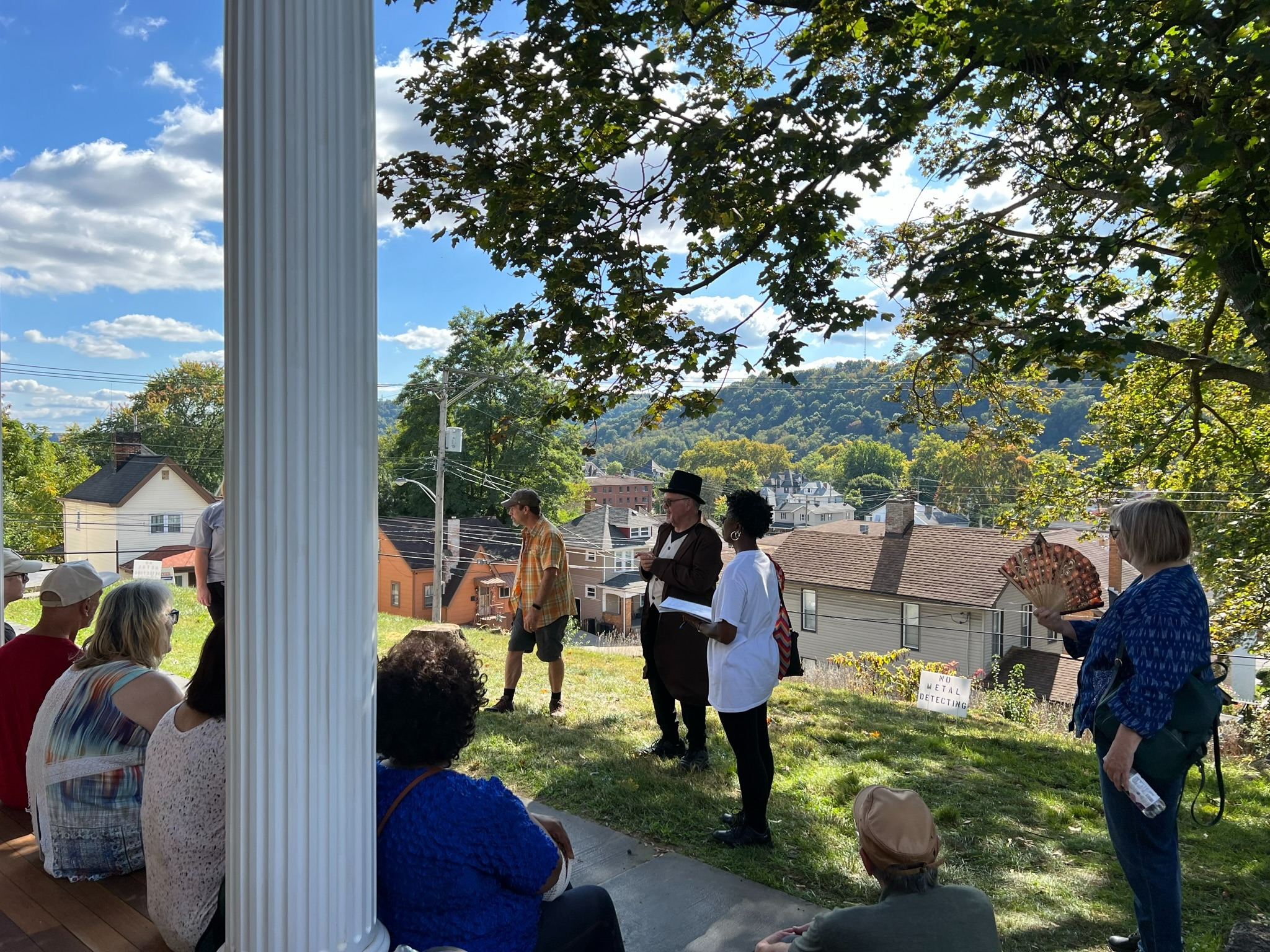
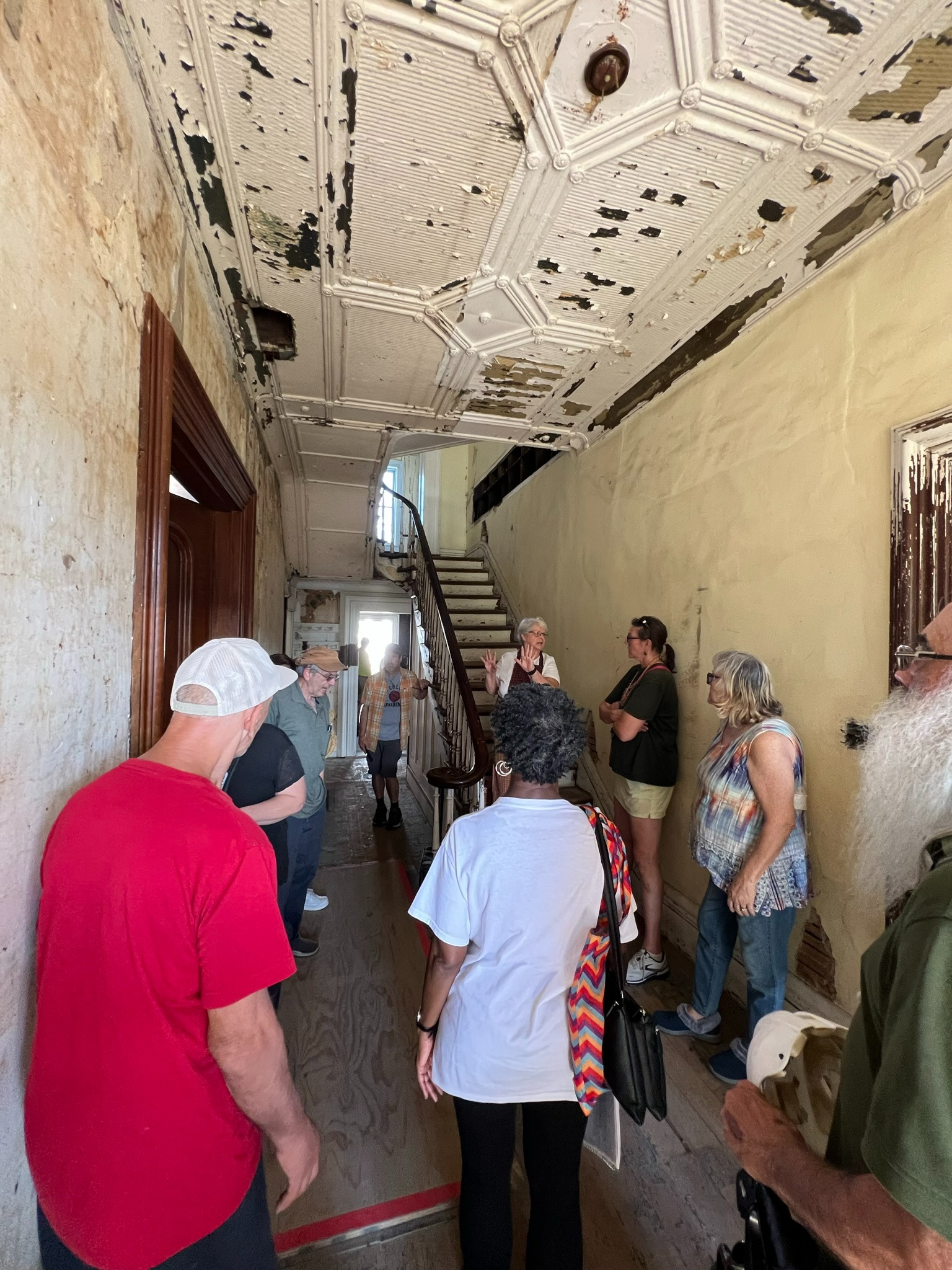
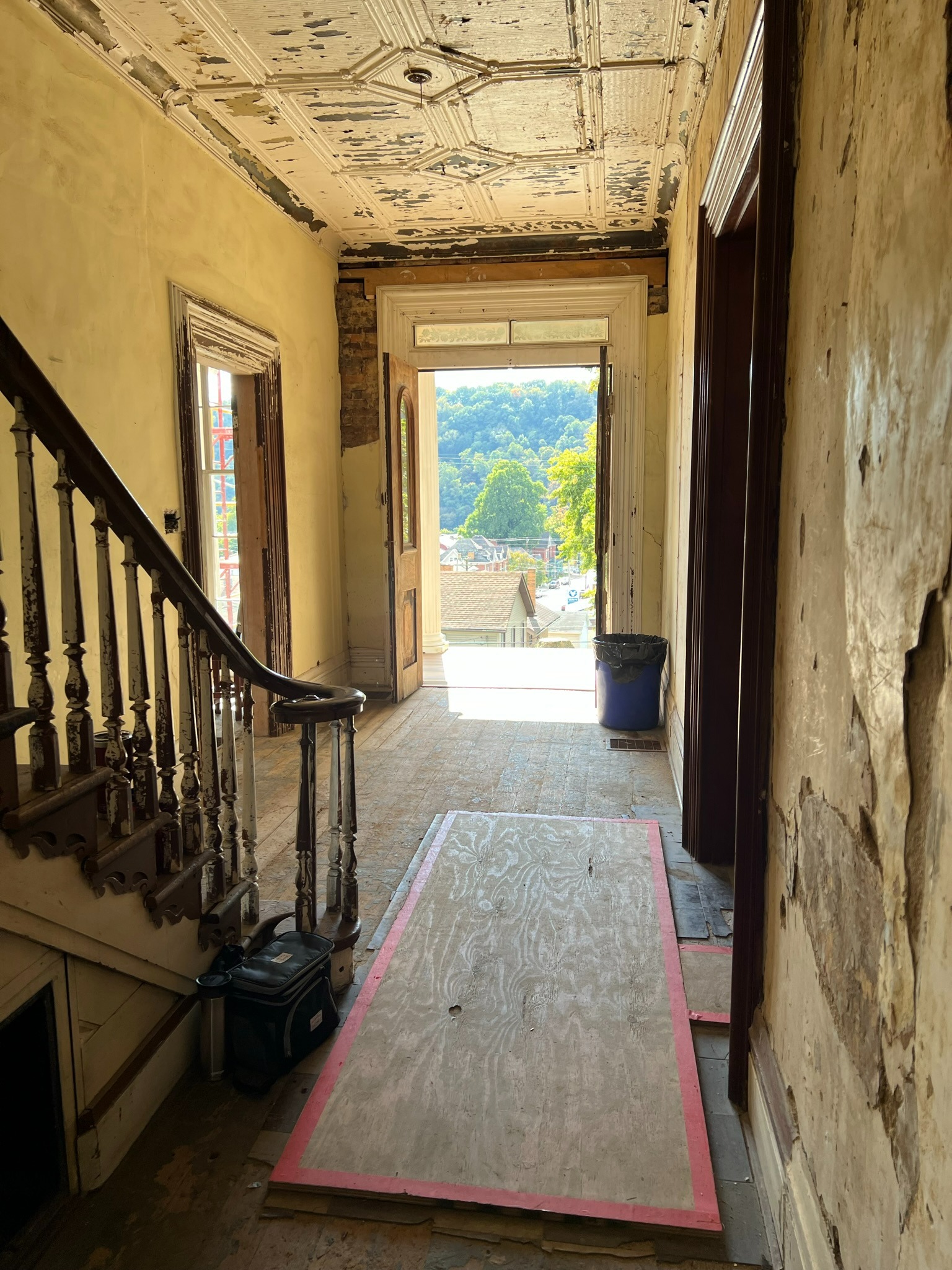
6) William Penn Townsend House
William Penn Townsend was the oldest son of Robert Townsend. He was born in 1817. He moved his family to this house around 1848.
William Penn Townsend, like his father and all of New Brighton’s Quakers, was a staunch abolitionist. Behind his home through trees ran Blockhouse Run, which is a stream that connects to the Beaver River. Runaway slaves traveling along the river would follow this stream to the house. The house includes on the third floor a secret room that could house as many as 10 runaway slaves at one time.
William Penn Townsend is named after William Penn, the Quaker who founded the state of Pennsylvania, but the two have no relation to each other.
The wife of William Penn Townsend was Sarah Angeline Townsend.
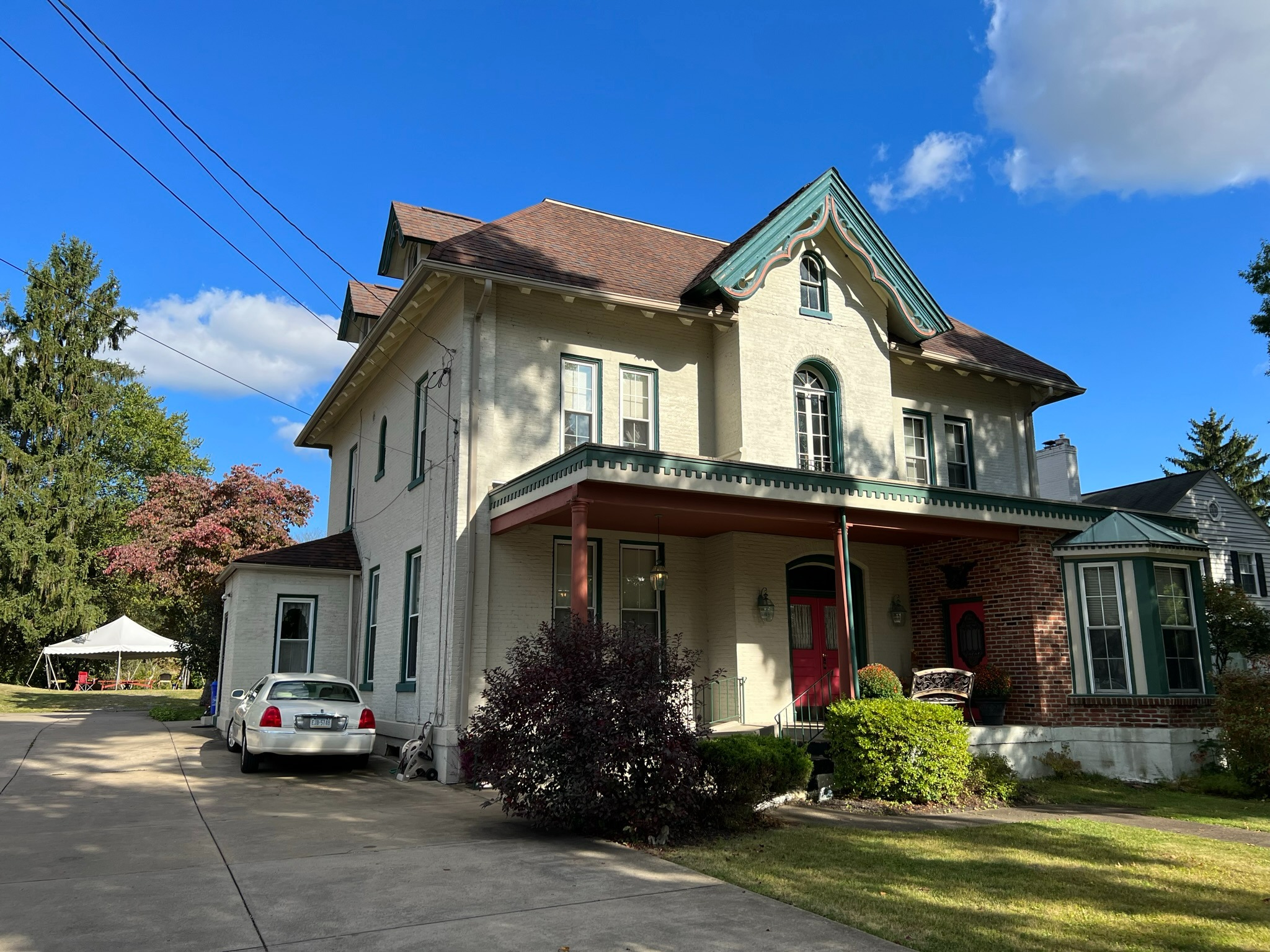
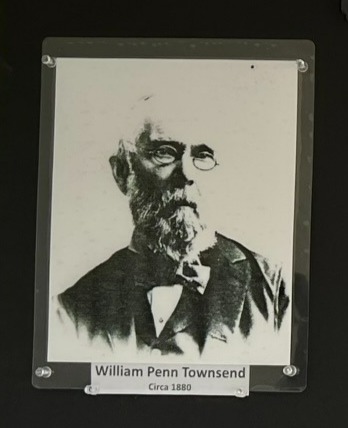
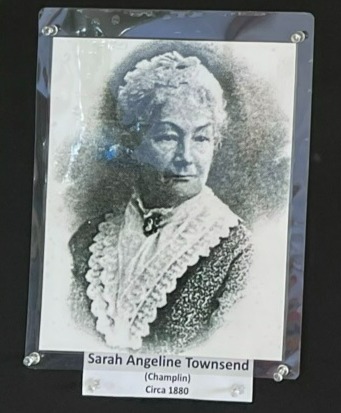
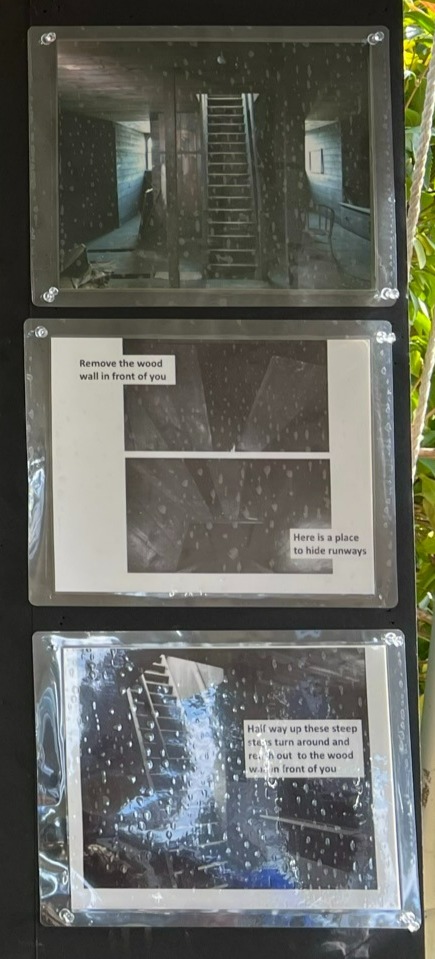
7) Merrick Art Gallery
Remember Edward Dempster Merrick? This art gallery belonged to him.
Initially, this building was a train station. In 1851, a railroad was built from Pittsburgh to New Brighton. This station was New Brighton’s station..
White “conductors” would bring runaway slaves with them under the guise of “master and slave” on the train to the station. Underneath the station there is a tunnel. The runaway slaves would pass through the tunnel underground to the James Edgar House across the street, where they could finally “get out of costume,” eat, and sleep.
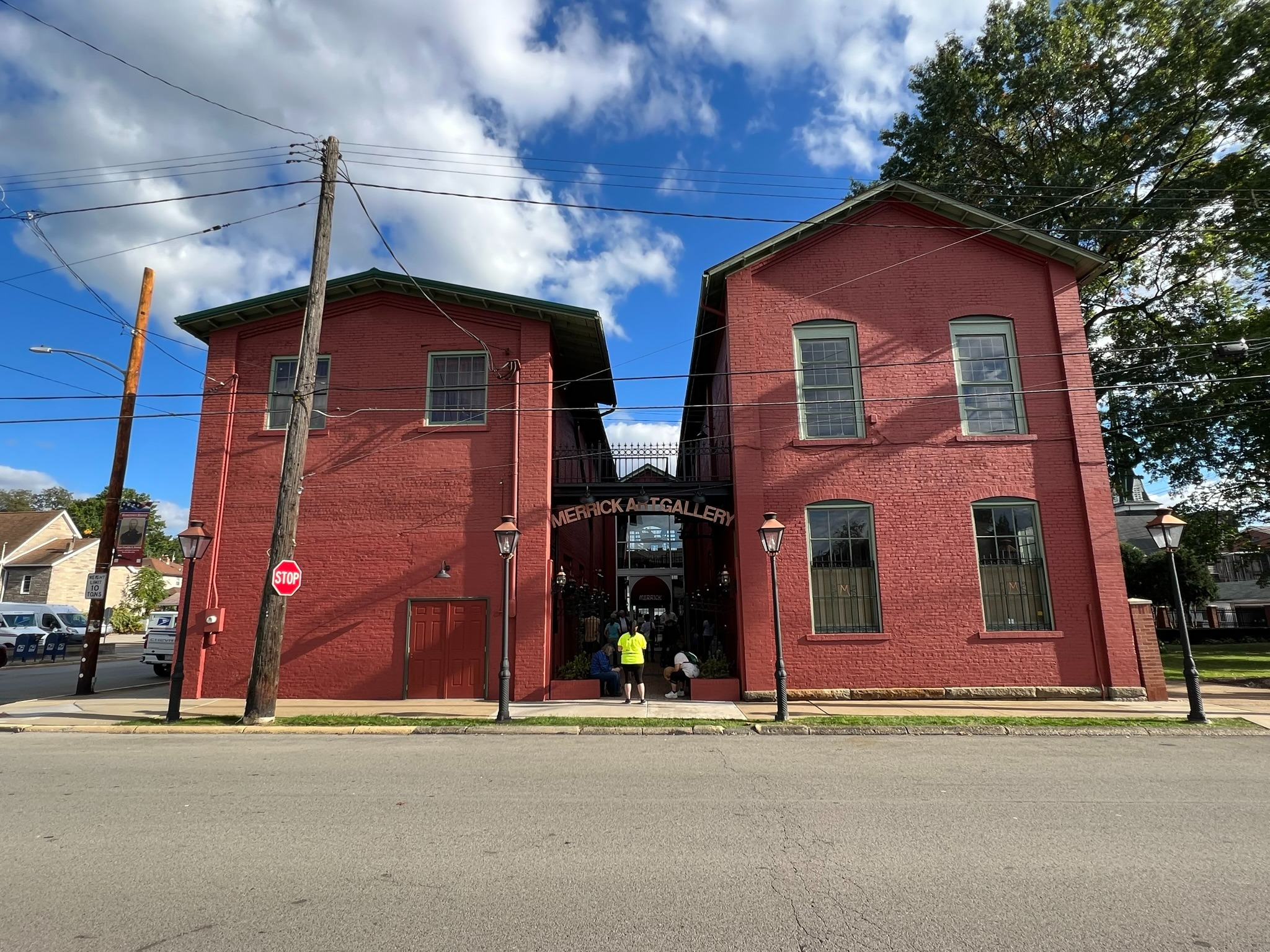
8) Underground Tunnel
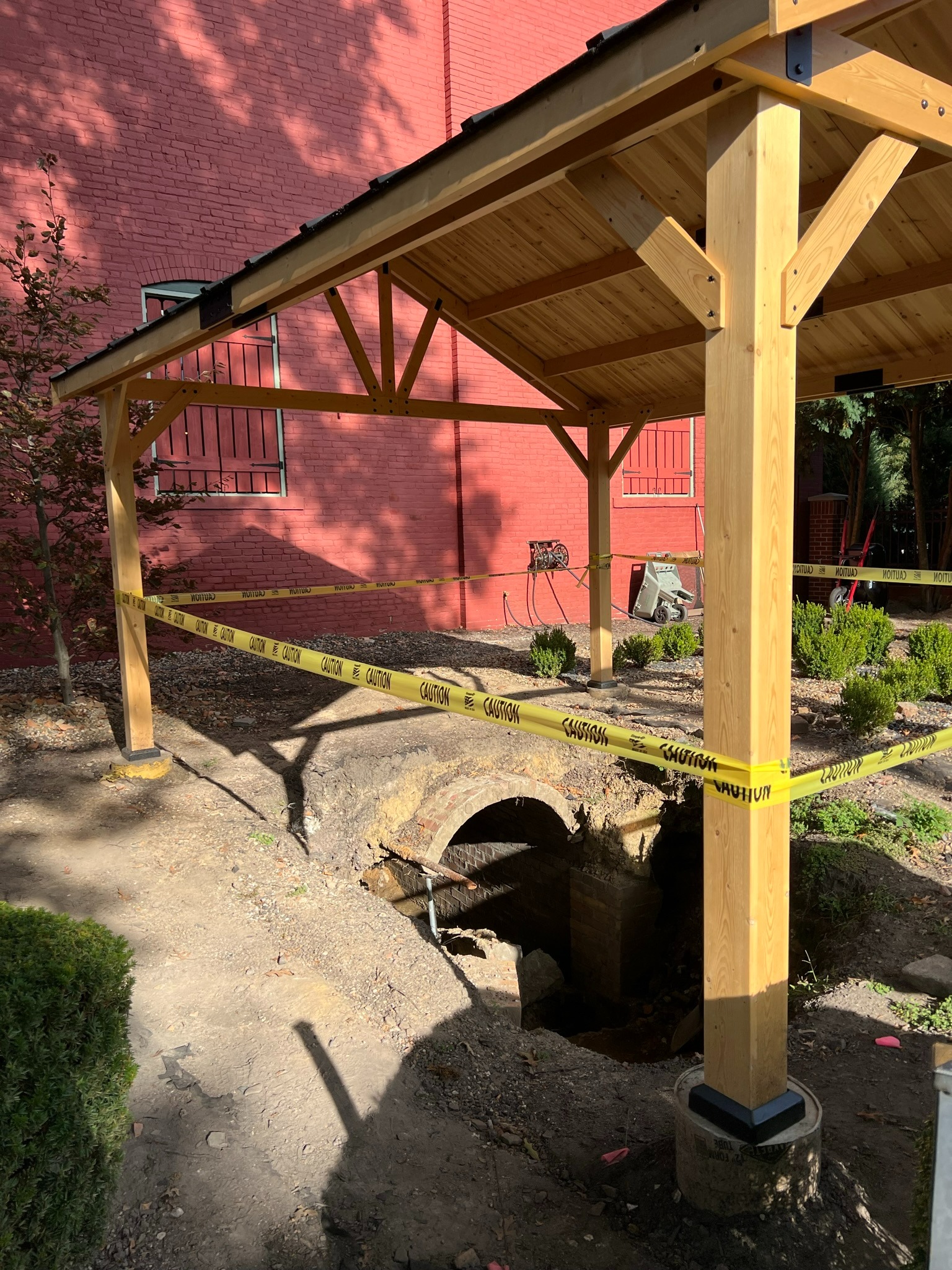
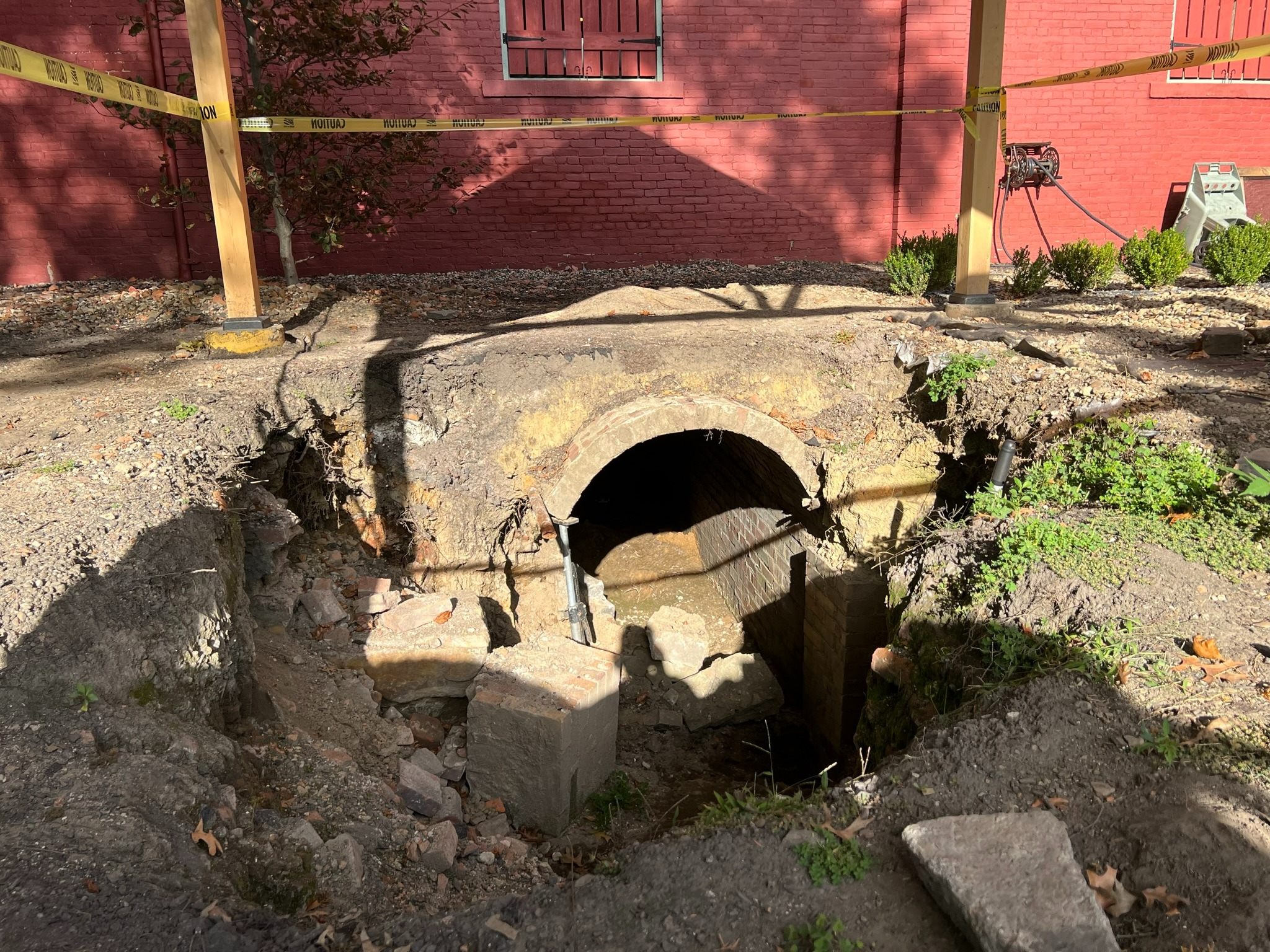
9) James Edgar House
James Edgar was a New Brighton abolitionist who built this house around 1850. At this time, the corner where the house was located, with the train station across the street, was one of the busiest in New Brighton. A pair of storytellers at this stop explained the house to be like a hotel for runaway slaves.
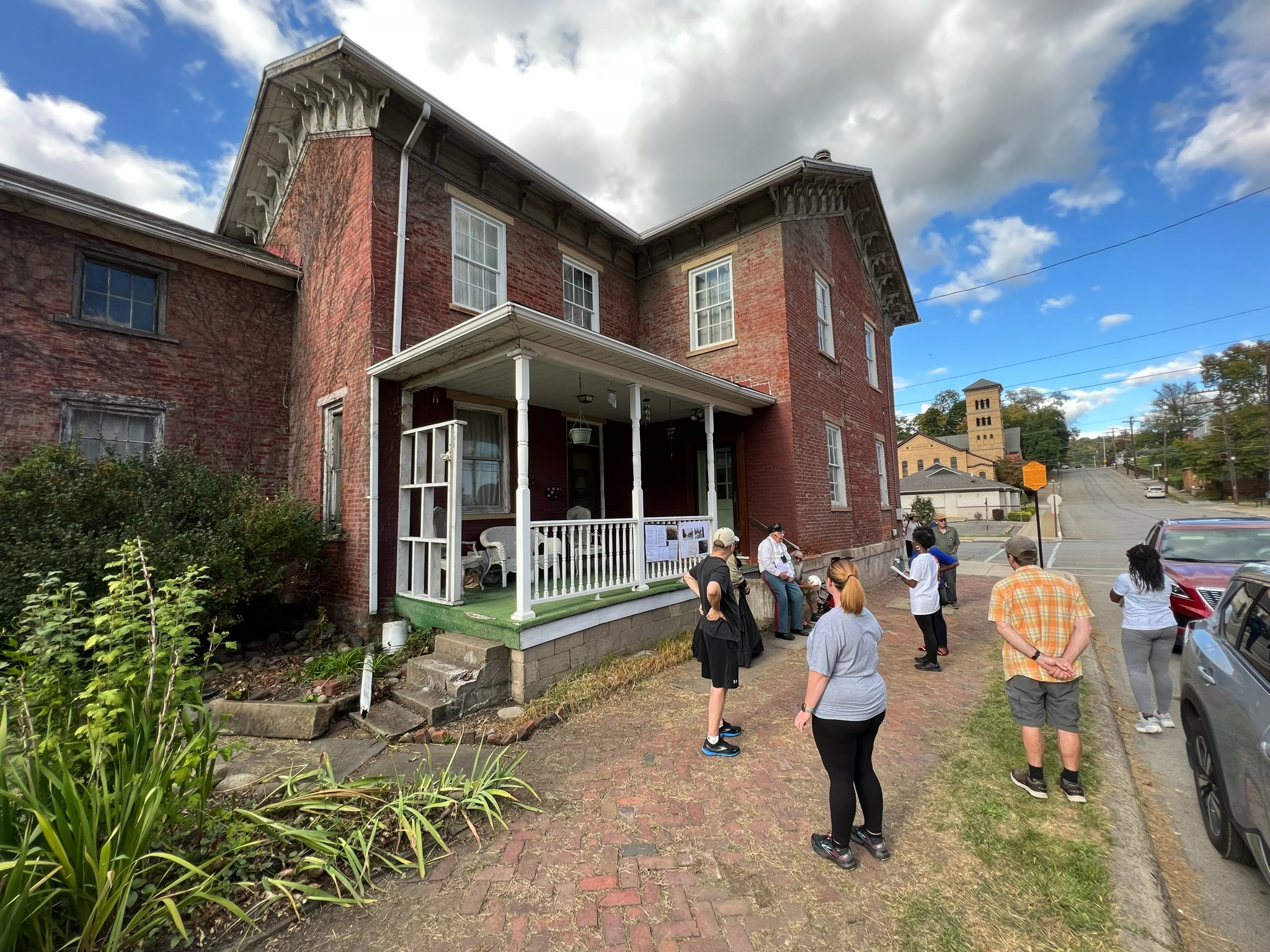
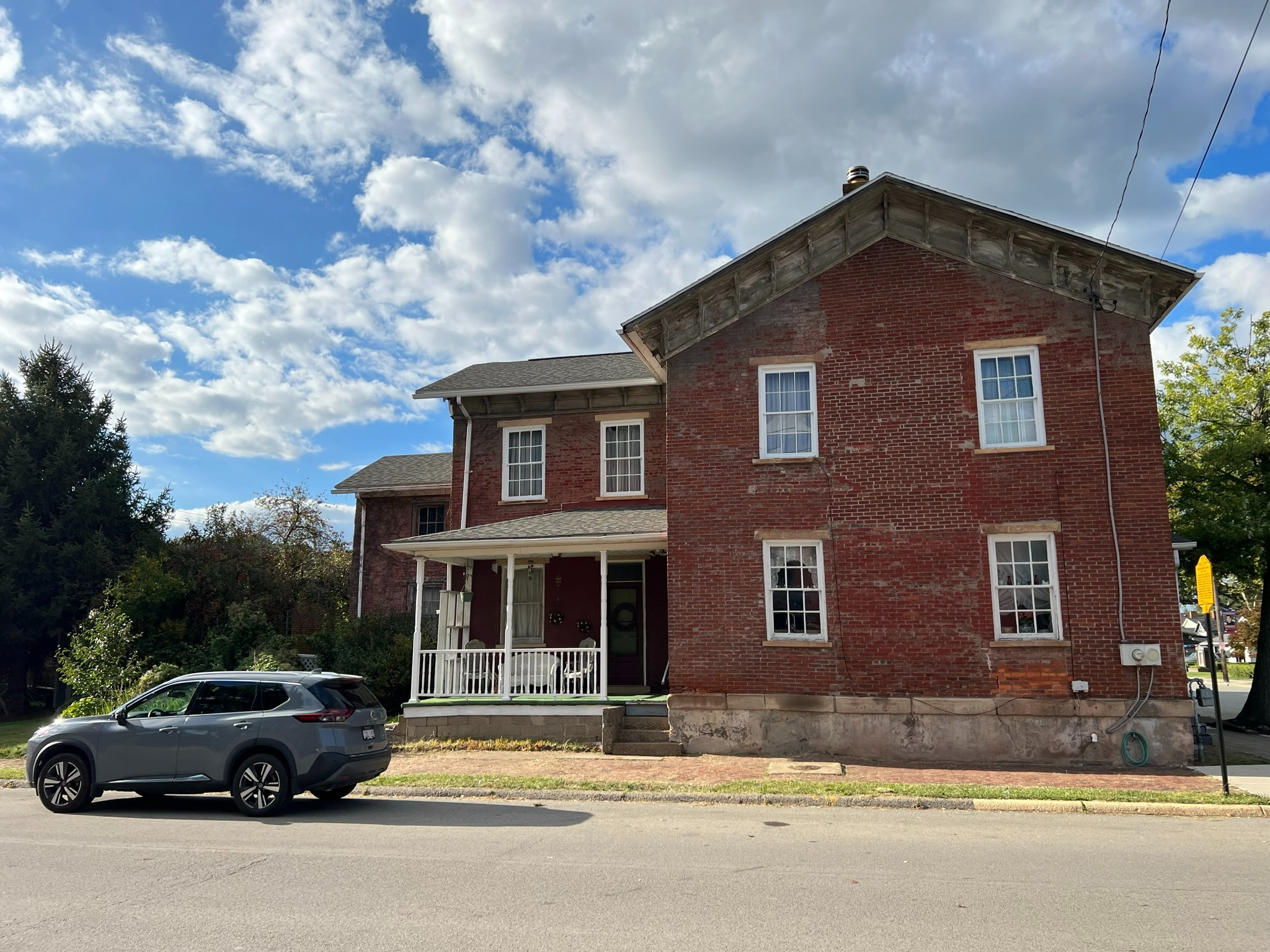
Post a comment